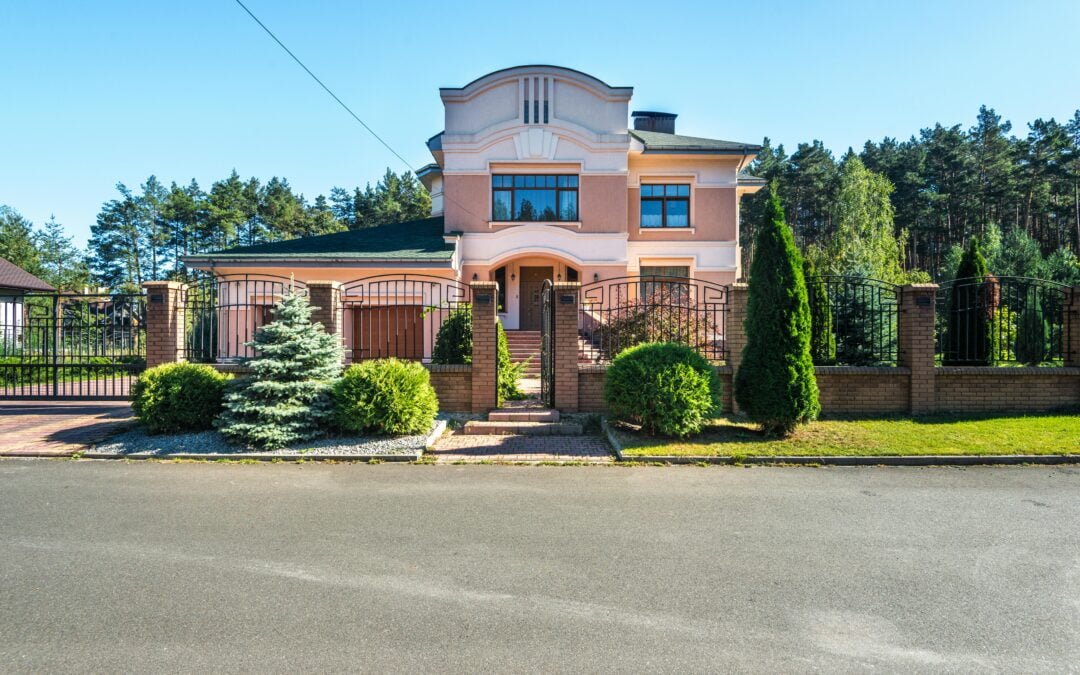A pollinator-friendly garden not only adds beauty to your South Jordan, UT, landscape but also plays a vital role in supporting local ecosystems. Pollinators like bees, butterflies, and birds are essential for the reproduction of many plants, including those that produce fruits, vegetables, and flowers. By creating a garden that attracts and nurtures these vital creatures, you can contribute to biodiversity and enjoy a vibrant, flourishing garden. Here’s how to create a pollinator-friendly garden in South Jordan.
1. Choose Native Plants
One of the most effective ways to attract pollinators is by planting native species. Native plants are adapted to the local climate and soil conditions, making them easier to care for and more resilient. They also provide the specific types of nectar and pollen that local pollinators need. In South Jordan, some excellent native plants include:
- Rocky Mountain Penstemon (Penstemon strictus): This hardy perennial produces vibrant blue-purple flowers that attract bees and hummingbirds.
- Blanket Flower (Gaillardia aristata): With its bright red and yellow blooms, this drought-tolerant flower is a magnet for butterflies.
- Utah Serviceberry (Amelanchier utahensis): This shrub offers early spring flowers that are particularly attractive to bees.
2. Plant a Variety of Flowers
To support a diverse group of pollinators, it’s important to plant a variety of flowers that bloom at different times throughout the growing season. This ensures that nectar and pollen are available from early spring through late fall. Mix annuals, perennials, and shrubs to provide continuous bloom and a range of flower shapes and sizes. Some pollinator-friendly plants to consider include:
- Lupine (Lupinus spp.): Bees are especially fond of lupine’s spiked flowers, which bloom in late spring to early summer.
- Milkweed (Asclepias spp.): Essential for monarch butterflies, milkweed also attracts bees and other insects.
- Lavender (Lavandula spp.): This fragrant herb is a favorite of bees and adds a lovely scent to your garden.
3. Provide Water Sources
Pollinators need water as much as they need nectar and pollen. Adding a shallow water source to your garden can make it even more inviting. A simple birdbath, a shallow dish filled with water, or a small pond can do the trick. Be sure to add some stones or twigs to give insects a place to land and drink without drowning.
4. Avoid Pesticides
Pesticides can be harmful to pollinators, even those marketed as safe for gardens. Instead of using chemical treatments, opt for organic methods to control pests. Companion planting, which involves growing plants that naturally repel pests alongside your flowers, can be an effective strategy. For example, planting marigolds near vegetables can help deter harmful insects without harming pollinators.
5. Create Shelter and Nesting Sites
Pollinators also need places to shelter and nest. Leave some areas of your garden a bit wild, with patches of bare soil for ground-nesting bees and piles of leaves or twigs for butterflies to hide in. You can also install bee hotels or nesting boxes to provide additional nesting sites for solitary bees.
6. Consider Your Garden’s Layout
When planning your pollinator-friendly garden, think about layout. Grouping plants in clusters rather than single rows makes it easier for pollinators to find and access flowers. Also, placing taller plants in the back and shorter ones in the front creates layers that attract different types of pollinators, from ground-dwelling insects to flying butterflies and birds.
Creating a pollinator-friendly garden in South Jordan, UT, is a rewarding way to support local wildlife and enhance your outdoor space. By choosing native plants, providing water sources, avoiding pesticides, and creating nesting sites, you can attract a variety of pollinators and enjoy a garden buzzing with life. Not only will your garden thrive, but you’ll also contribute to the health and sustainability of the local ecosystem.
Ready to elevate your Salt Lake county landscape? Give us a call at 801-300-6445 or contact us here.

